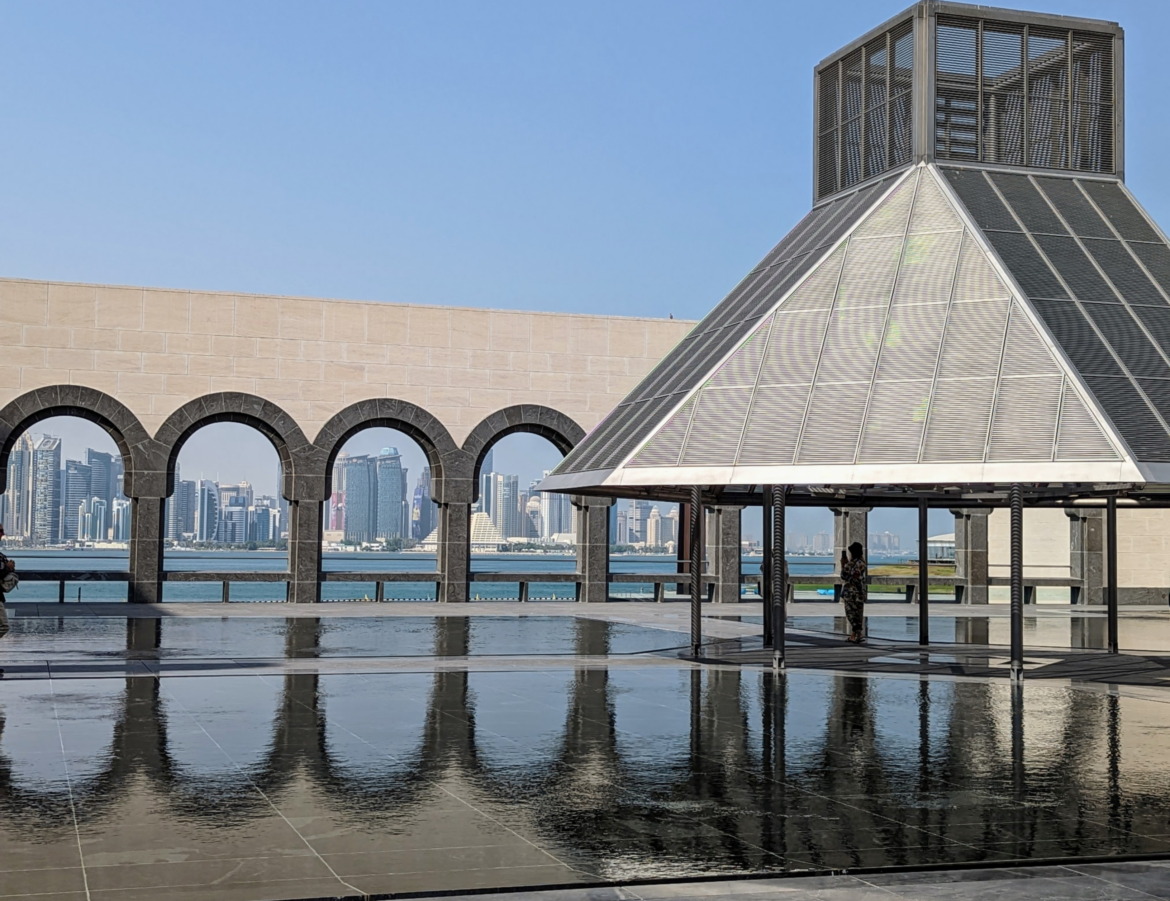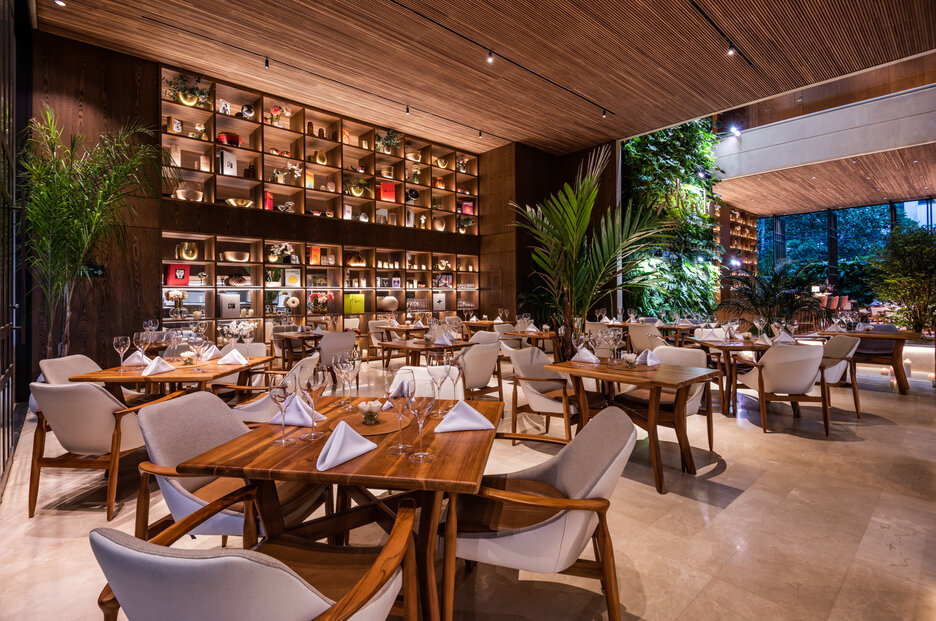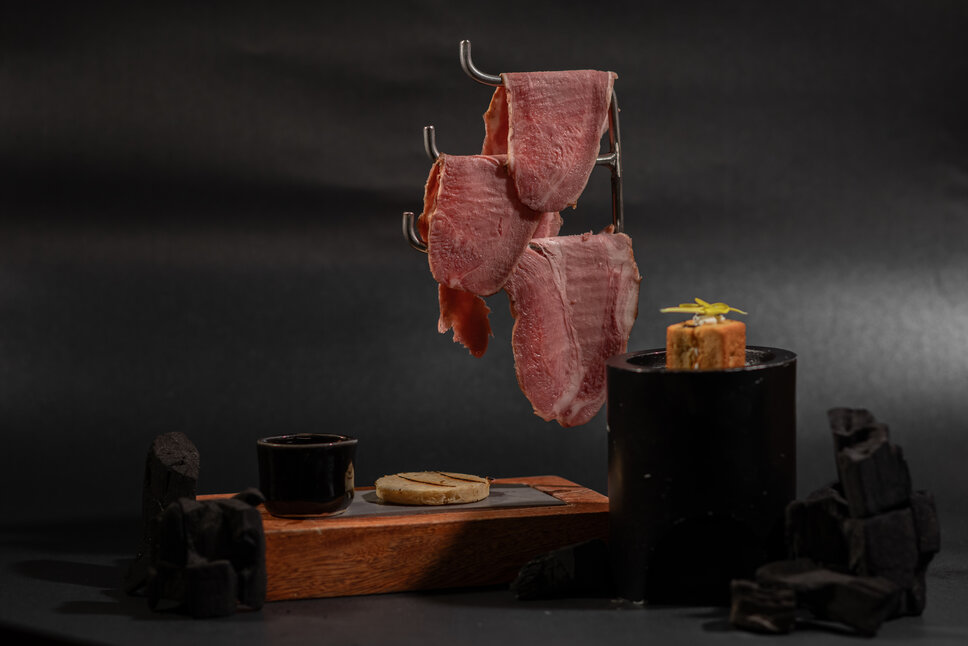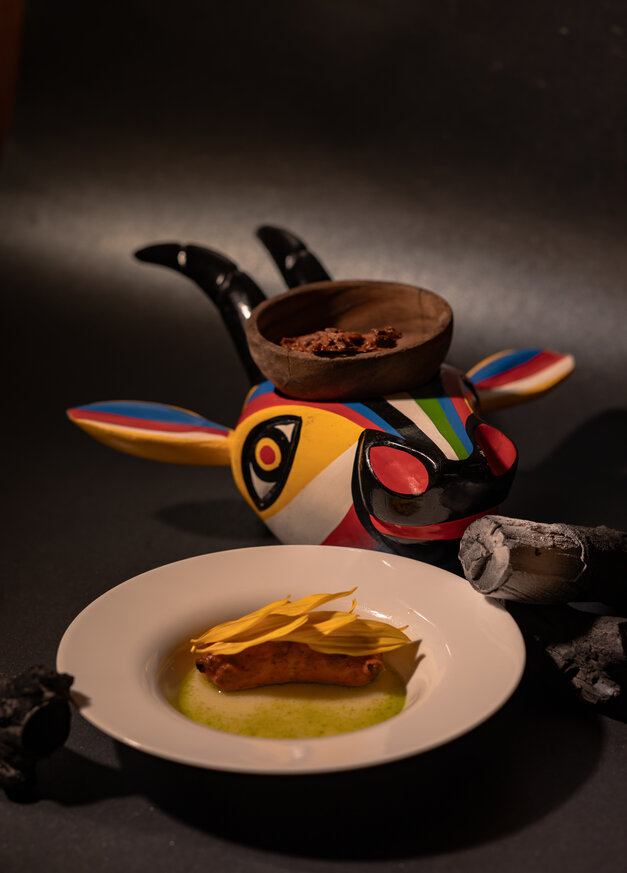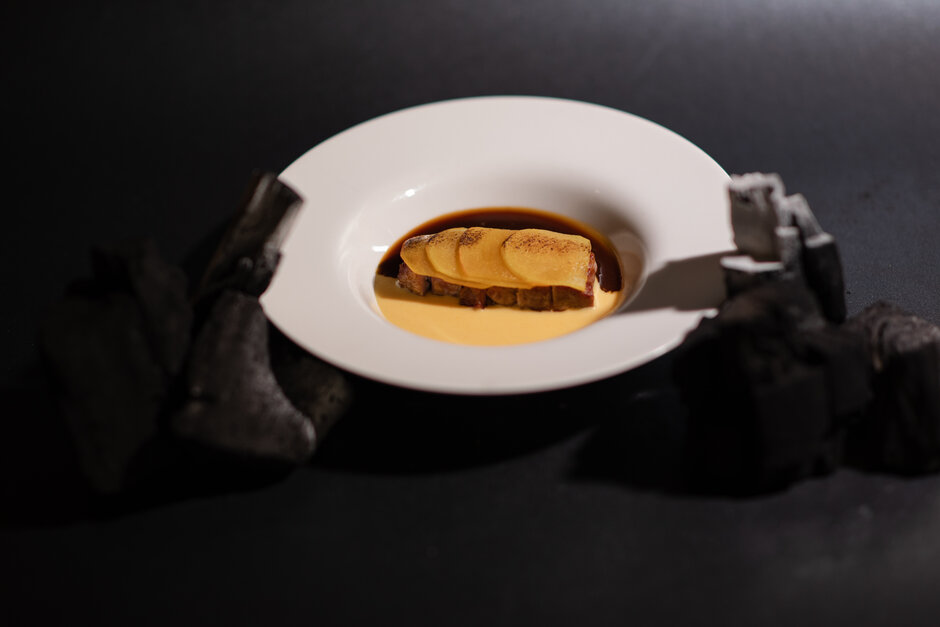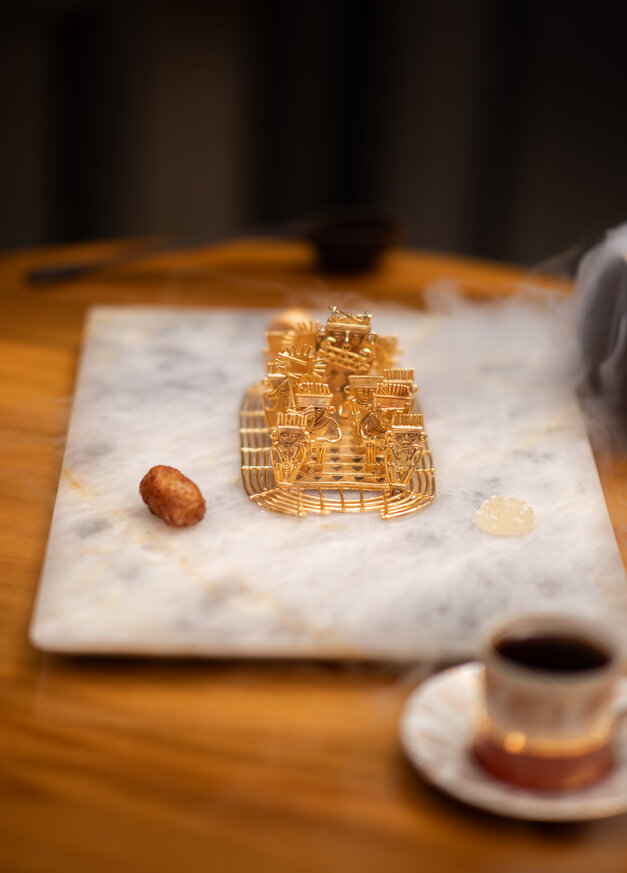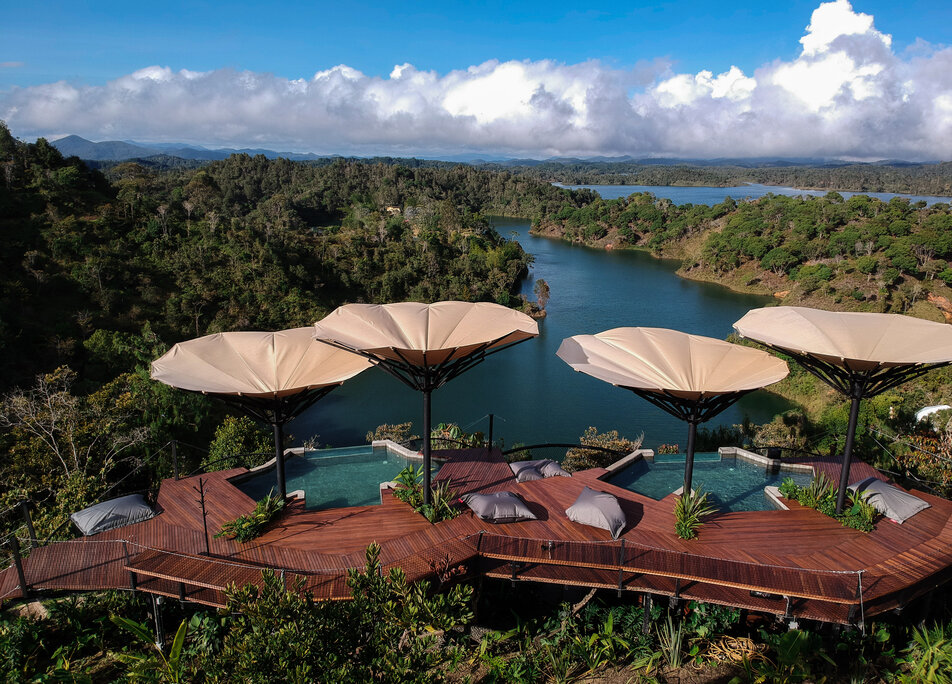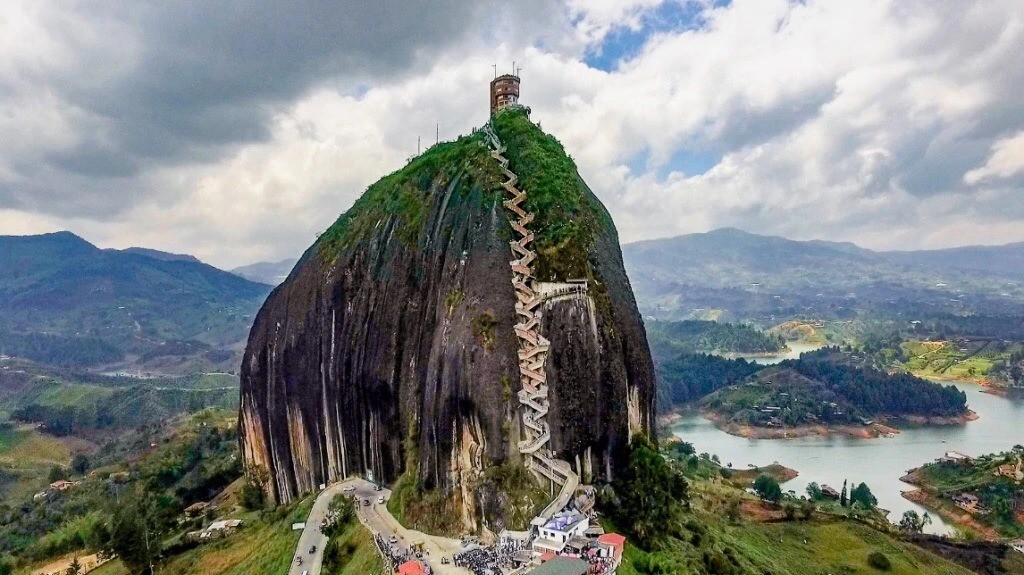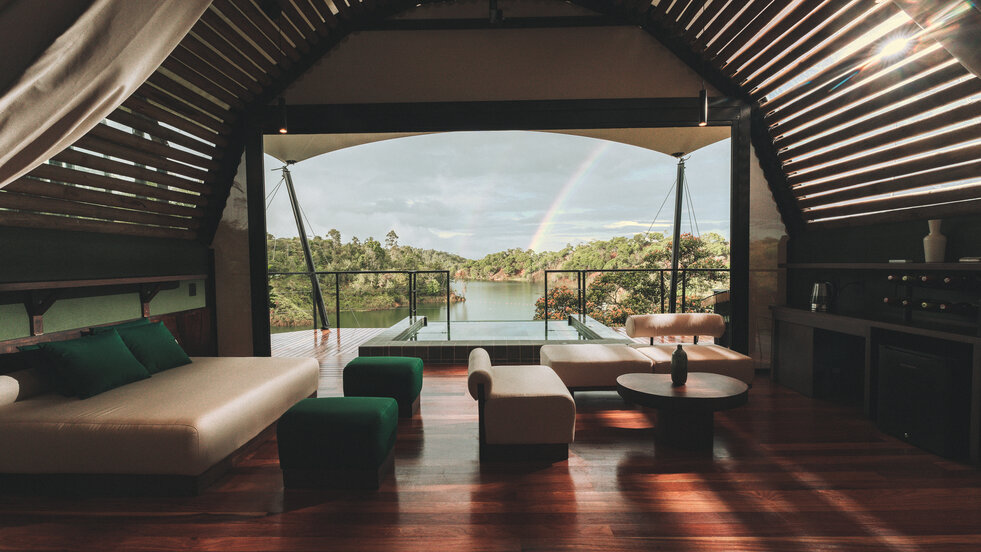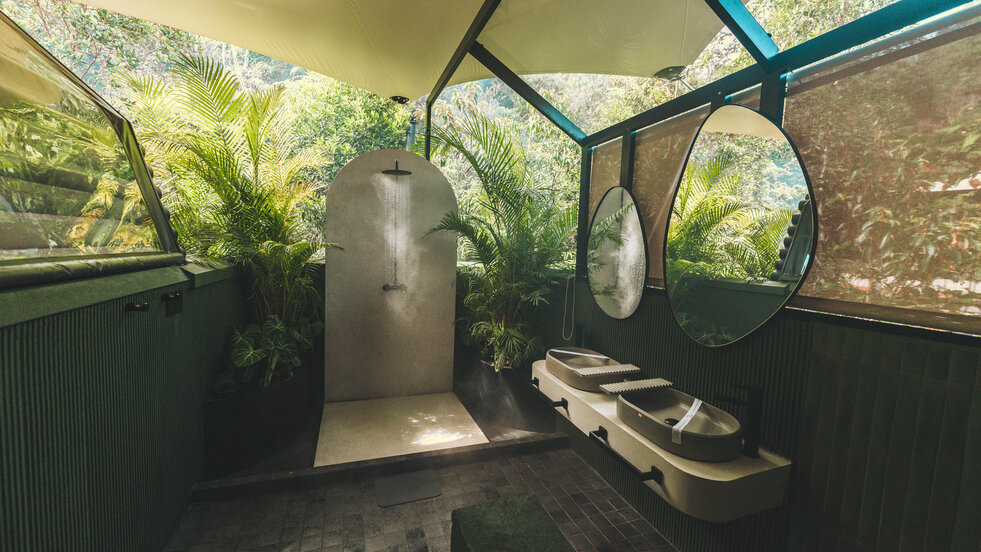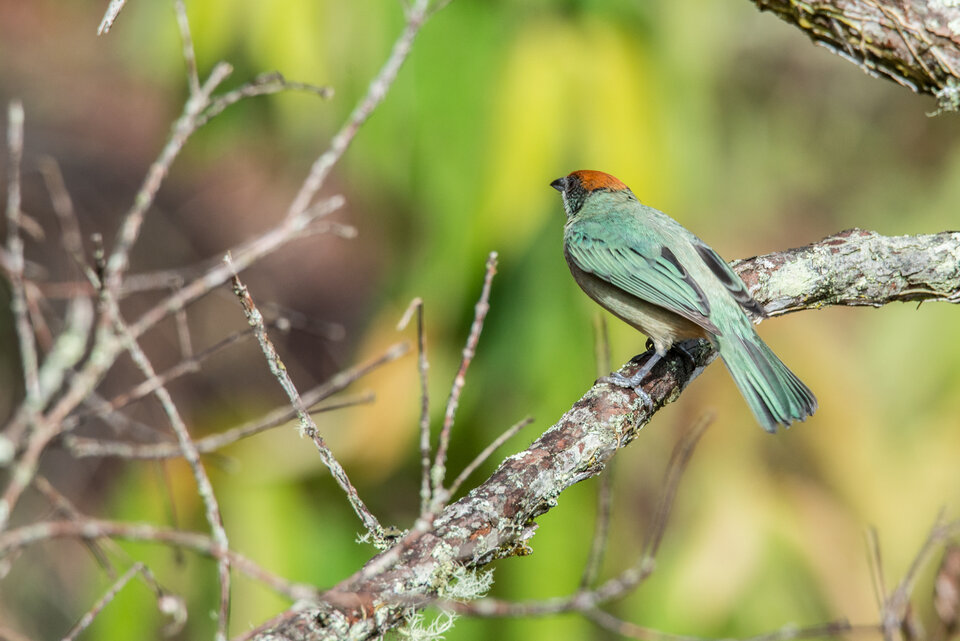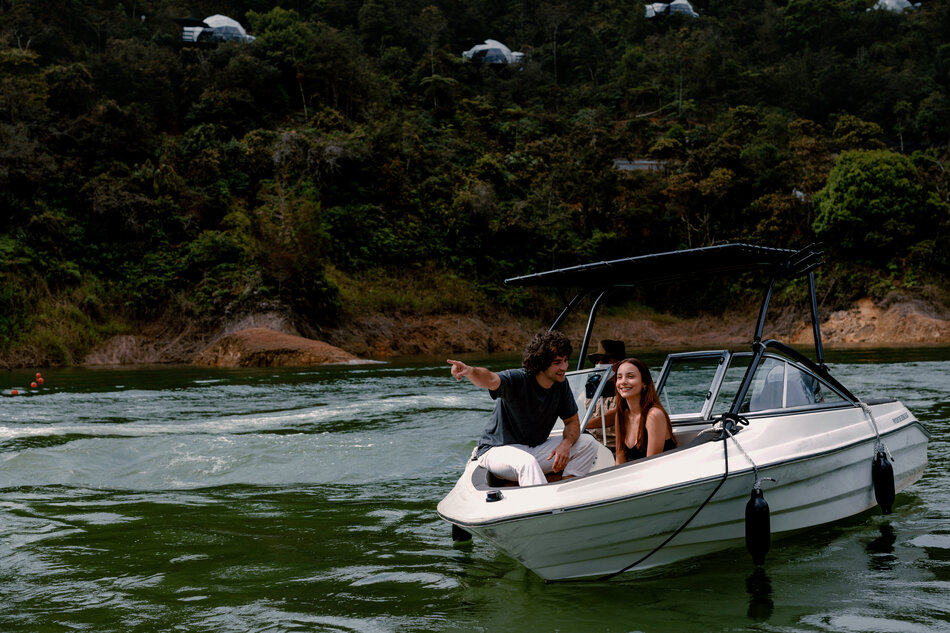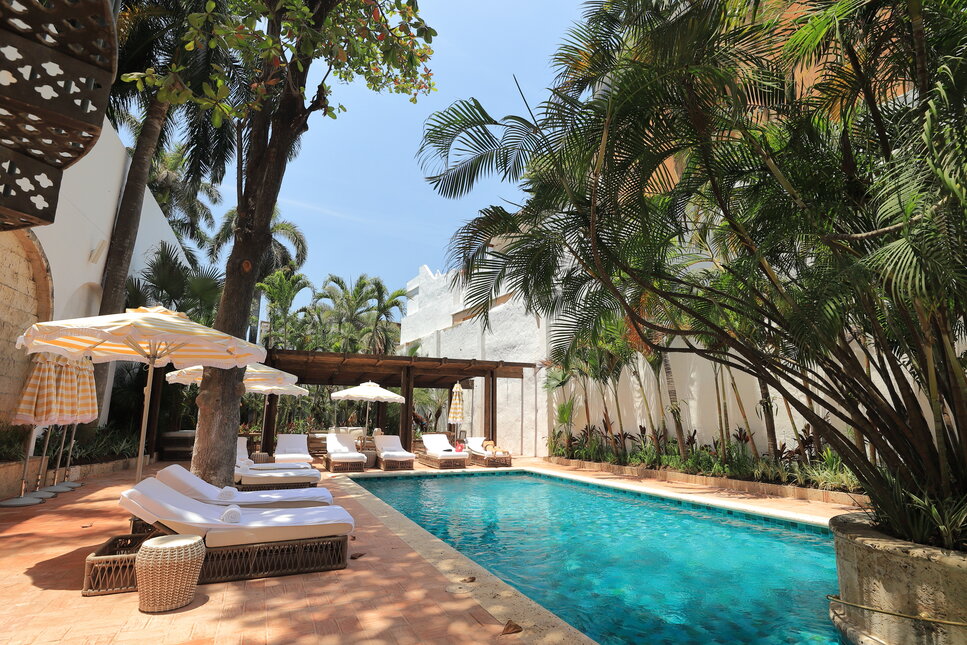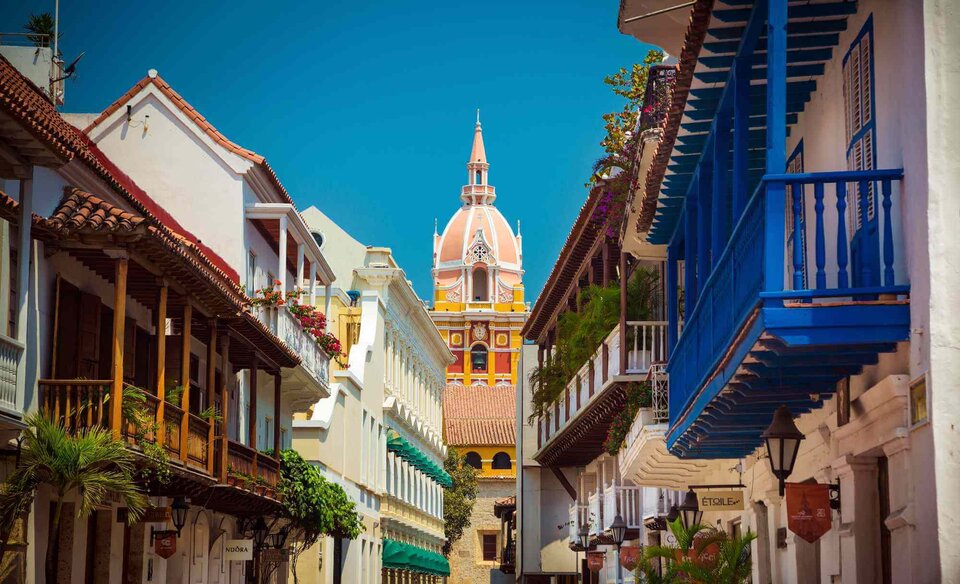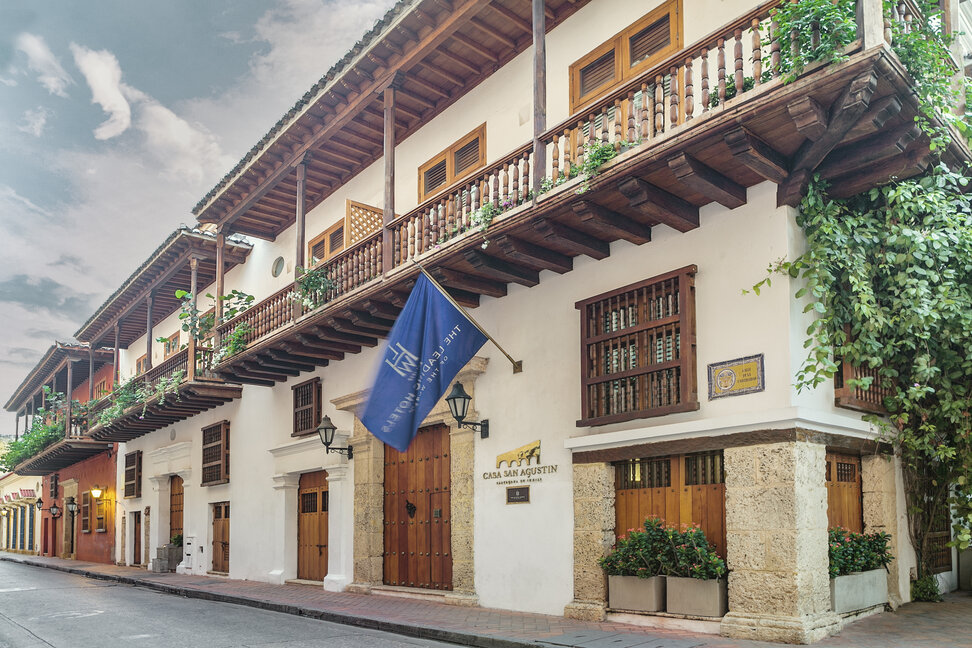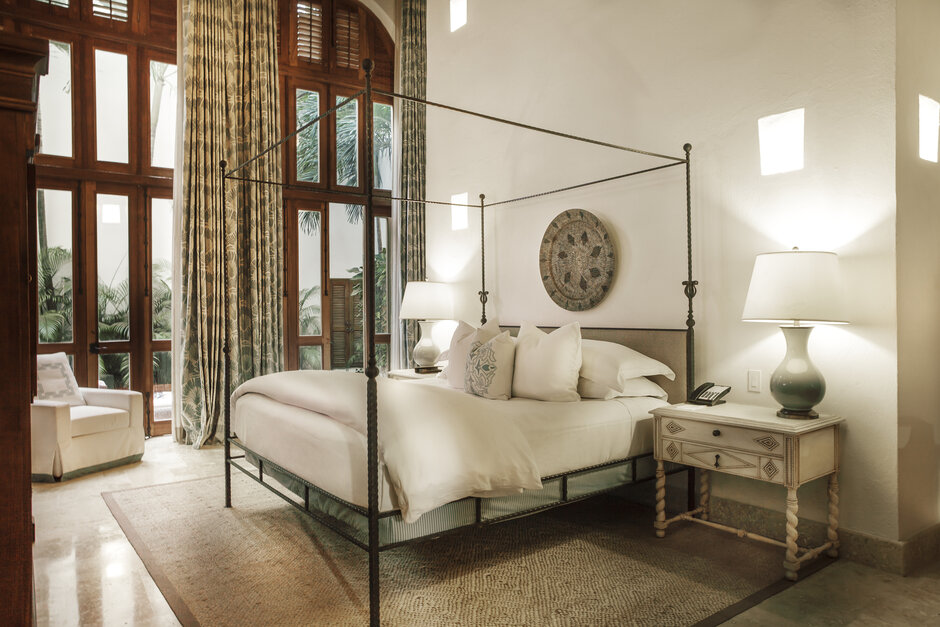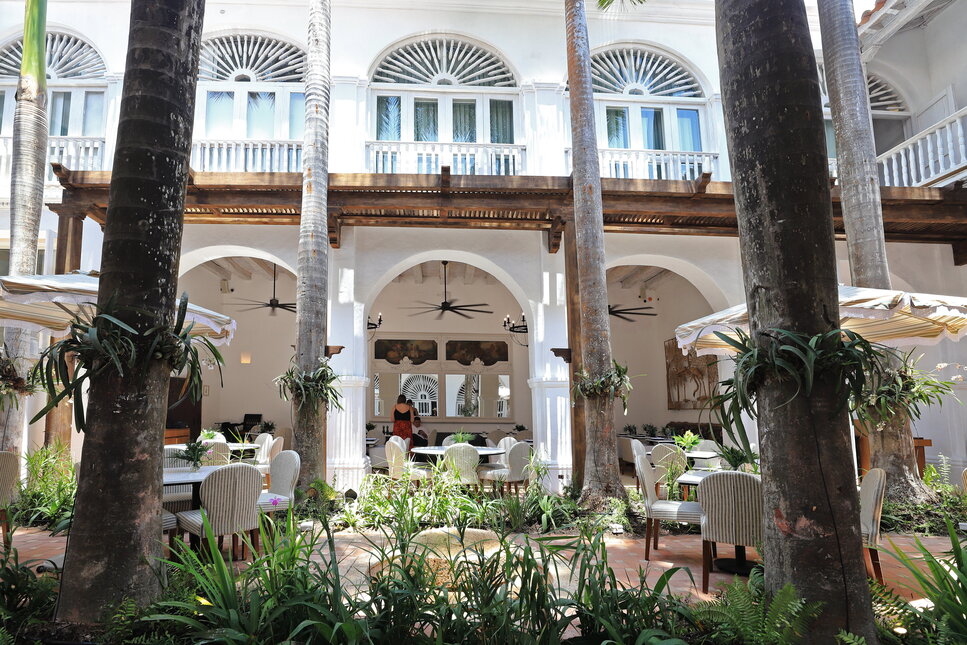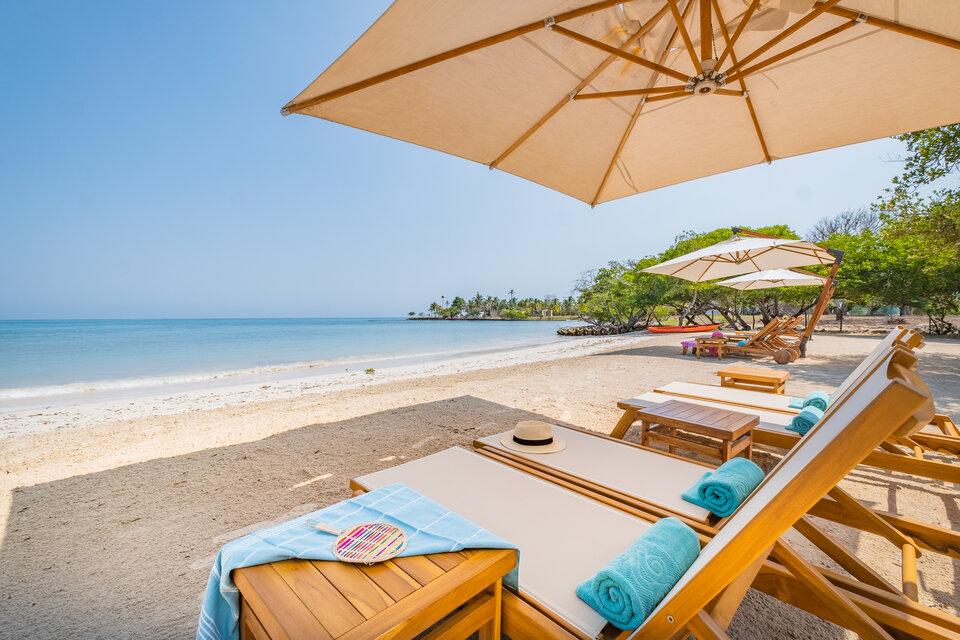Doha was a buzz word and destination for travel in the lead up to the 2022 World Cup. However, a year on, beyond the world of football, there’s so much that the capital of Qatar has to offer. With the fuss that football brings having died down, keen and aspiring travellers alike should keep this city on their radar.
Turkey has enough tourists and Dubai has been done to death, quite frankly – so if you’re looking to explore more of the Middle East and plan a getaway of your own, Doha is definitely a destination to keep in mind. A cultural hub, with an abundance of art and history, the architecture is both an homage to old traditions, as well as a contemporary nod to futuristic endeavours.
Whether you’re strolling along the Corniche or paying a visit to the trendy Mshereib quarter, Doha is ideal for all those who favour a city break – read on to find out why.
Where to stay in Doha
Le Royal Meridien
Shopaholics, pay attention, as Le Royal Meridien in Qatar’s capital is situated right next to the the Place Vendomé mall in Doha. In fact, the hotel is a part of the mall, with its own entrance taking you straight from your slumber to shopping paradise. An undoubtely opulent place to stay during your visit, Le Royal Meridien boasts 377 rooms, suites, and residences – as well as five different eateries, including Anatolian cuisine and a sports bar. The spa offers both classic treatments, as well as an enchanting European bathhouse experience and the gym and swimming pool are also on-site for guests to use at leisure, should an escape from the city be needed.
Marriott.com
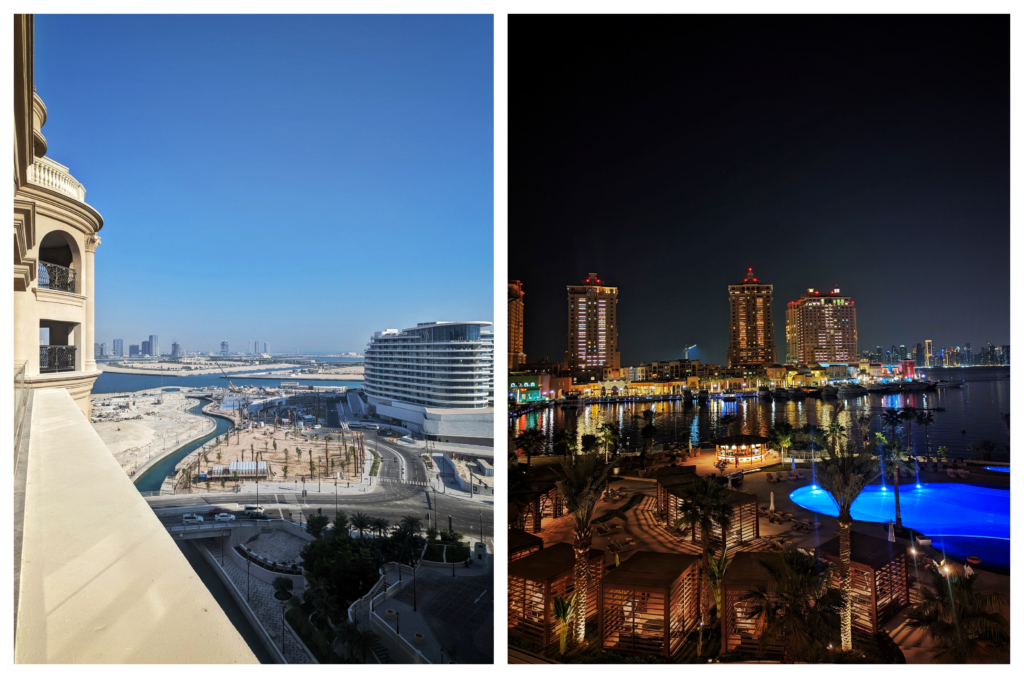
The St. Regis Marsa Arabia Island, The Pearl Qatar
Think of The Pearl as Qatar’s answer to The Palm – a man-made island full of beautiful hotels, trendy cafes and restaurants and more. As well as this, it has become an increasingly popular residential area, too. The St. Regis Marsa Arabia Island certainly lives up to the lavish lifestyle adopted on this island, offering guests a choice of 193 hotel suites, whose balconies all overlook the stunning Arabian Gulf.
With 11 different eateries (including NAR for your Turkish food fix and Chotto Matte for a more commercialised dining experience), guests are never short of a good meal. Couple that with a luxurious spa and a swimming pool looking out onto the marina and you’ve got yourself a pretty impressive hotel.
Marriott.com
What to do in Doha
National Museum of Qatar
While the inside of this must-see museum is fascinating, the architecture of its exterior is almost a reason to visit in itself. Home to many archaeological and heritage artefacts, photographs and costumes, the National Museum tells the history of Qatar its storytelling relates to the wider region within the Middle East, too. French architect Jean Nouvel is the mastermind behind the museum’s impressive design, with its form emulating the desert rose, which is found in Qatar’s sandy regions.
Nmoq.org.qa
Museum of Islamic Art
The architect of the Louvre, I. M. Pei actually came out of retirement to design the Museum of Islamic Art in Doha – and his signature style can be seen by the floor to ceiling windows and beautiful design throughout. Based on the Tulun Mosque in Cairo, this is I. M. Pei’s only work in an Islamic country. From a beautifully-illuminated copy of the Qur’an written in golden kufic letters on indigo-dyed parchment to a jewelled falcon (symbolic of strength, grace and nobility in Qatari culture), there’s plenty of stunning artwork to see in this museum.
Mia.org.qa
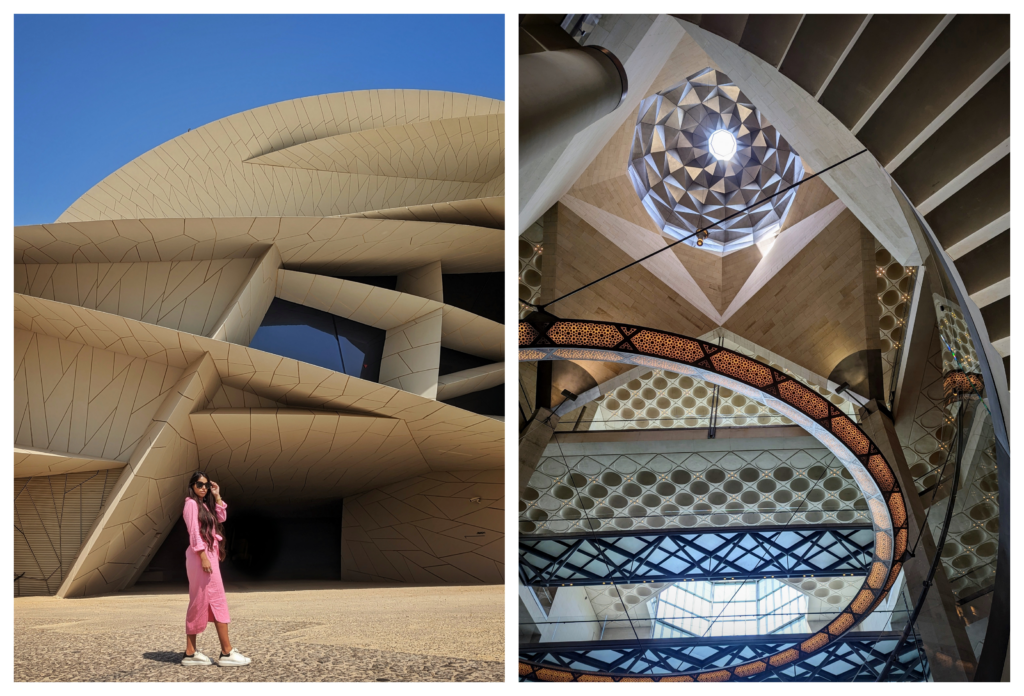
Katara Cultural Village
The Katara Cultural Village is definitely worth a wander through during your visit to Doha. Coined as “the point where the Middle East meets Asia”, this space in Doha represents the fact that Qatar has long been a melting pot of different cultures within the region. Must-sees include both the Katara and Gold Mosques, as well as the impressive amphitheatre and various art galleries within the village. A fascinating spot and great during golden hour, as the light bounces off the tan walls perfectly.
Katara.net
Souq Waqif
A stroll to the souq is essential during your visit to Doha – where the market stalls sell everything from jewellery to tapestry-style goods. Around 4pm is a good time to visit, if you wish to avoid the crowds, but if atmosphere is your goal, the space becomes buzzier later at night. While there is something new and toy town-esque about this souq, you’ll find all the essential herbs, spices and more that you’d expect in other souqs across the Middle East.

Msheireb Downtown Doha
Msheireb Downtown Doha is a pioneering urban regeneration project located in the heart of Doha. It is one of the world’s first sustainable downtown developments and represents Qatar’s commitment to modernity, sustainability, and preserving its cultural heritage. The development carefully integrates historic buildings and cultural landmarks with contemporary architecture and amenities, creating a vibrant and authentic urban environment, while also featuring cultural institutions, museums, galleries, and educational facilities. All of these are aimed at promoting art, culture, and knowledge-sharing within the community and serve as focal points for creativity, learning, and cultural exchange.
Place Vendomé
While just shy of Dubai Mall’s 12 million square foot size, this shopping centre in Lusail is still the most magnificent mall opening we’ve seen in quite some time. Inspired by classic French architecutre, the four-floored open concept mall is home to 580 shops, ranging from high-end to mid-range. Add a variety of eateries perfect to welcome tired shoppers in need of a break, the mall also comes complete with mini Bentley and Rolls Royce cars to tour the grand space from.
Doha Corniche
Walk along it or cruise on the waterfront baord a dhow – a classic Qatari boat – either way, the Corniche is not to be missed during your visit to Doha. The Corniche itself is a seven-kilometere stretch of promenade overlooking the beautiful seafront. Forming a half-moon shape around Doha Bay, it offers gorgeous views from every angle.
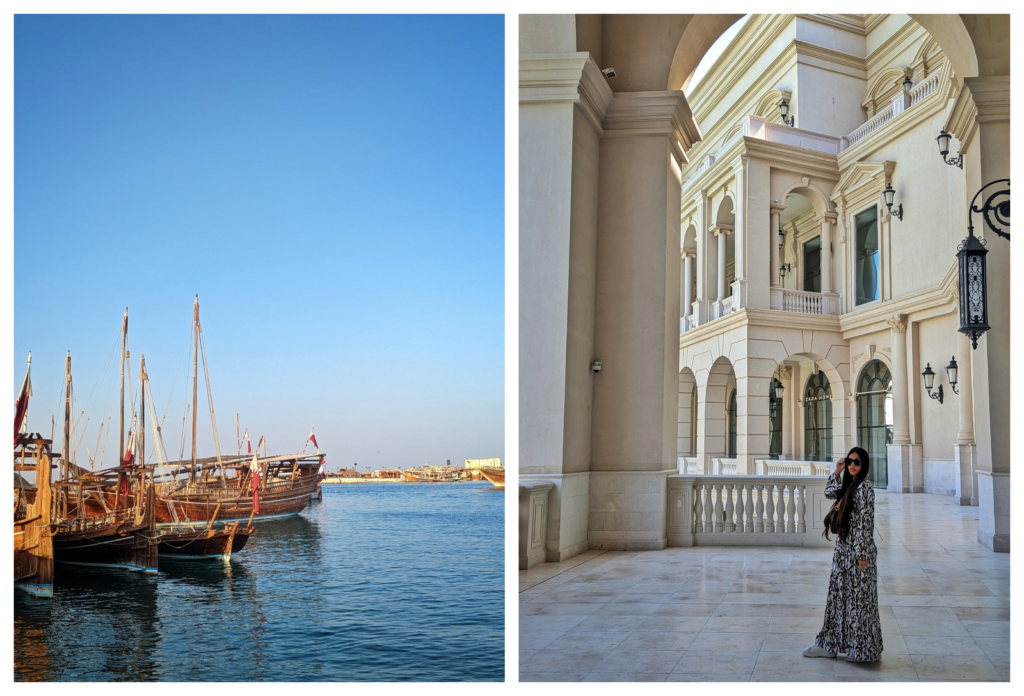
3-2-1 Qatar Olympic and Sports Museum
From learning about traditional sports such as pearl diving to seeing the display hall of all past Olympic torches, the 3-2-1 Qatar Olympic and Sports Museum is great for any sport fanatic. Here you’ll see a range of displays, as well as hear from guides who share interesting facts such as the history of pearl diving (which was once a huge trade in Qatar). Plus, there’s the more recent addition of the World Cup 2022.
Where to eat in Doha
Yedi by Chef Esat
If you’re in the mood for Anatolian cuisine, Chef Esat Akyildiz’s Yedi restaurant (located within Le Royal Meridien hotel in Lusail) is the spot to book. Here you’ll find authentic dishes, packed full of flavour, such as pastirma pide, adana kebap, kibbeh, pumpkin manti and much more. The atmosphere is cosy and the decor contemporary, allowing this restaurant to offer an experience which transports you to Turkish shores.
Instagram.com/yedi.qatar
ADRIFT Anda by David Myers
Serving up pizza and pasta that even Italians in our group approved of, ADRIFT Anda is the perfect place to ge your Italian food fix. Also located in Le Royal Meridien hotel, standouts included the pepperoni pizza, as well as the creamy (while containing no cream whatsoever) carbonara. A tip from us to you: save space for that tiramisu on the dessert menu.
Instagram.com/adriftanda_doha
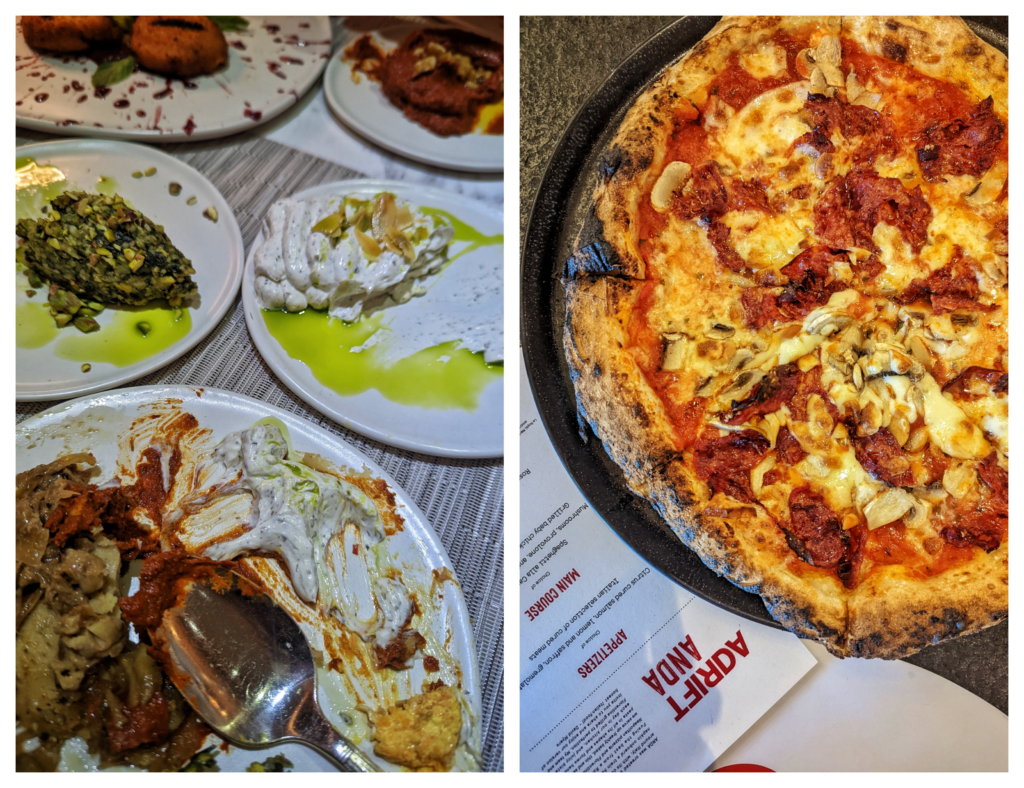
Saffron
As soon as you enter The Banyan Tree, you feel instantly transported to more exotic climes – and if you’re craving Thai food, you’ll be only too happy to venture high up in the sky to try Saffron. The hotel’s award-winning signature restaurant showcases fine-dining cuisine, keeping to traditional Thai cooking methods and the use of indigenous ingredients, while also adding an innovative twist to certain menu items. From steamed Thai dumplings to crispy rice noodle wrapped prawns to start; baked shrimp with glass noddles and southern style braised beef curry for mains, there’s plenty to choose from at Saffron – as well as a decent vegetarian offering, too (green curry with aubergine and papaya salad popped out at us).
Banyantree.com
Saasna
What is Qatari cuisine, you might ask? Well, we got to try it for ourselves – at Saasna, a restaurant offering a modern take on the country’s food. Key dishes to try would be the matai salad, drizzled in a yoghurt sauce and topped with pomegrantes; chicken majbous – Qatar’s national dish, consisting of rice, meat and vegetables – and lamb badawi (a soft and tender meat dish). When in Rome, right?
Saasnaqatar.com
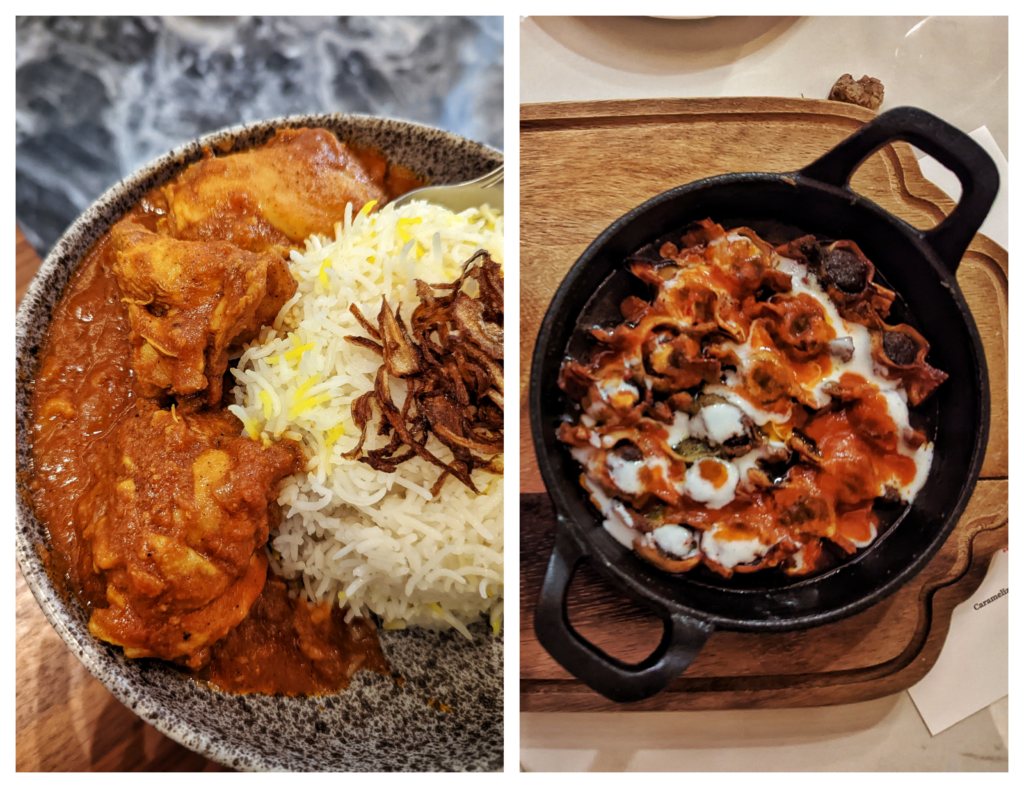
NAR
Another Turkish dining spot for you – but this one is located on The Pearl, within The St. Regis Marsa Arabia Island hotel. While the restaurant itself appears fine dining, the concept of Nar is sharing plates and once you tuck into the variety of dishes ordered to the table, you’ll soon see that dinner at this eatery is a delicious and fuss-free affair. The hummus is exceptional, as is the muhammara; aubergine mutabbal; salt-crusted seabass and (although slightly less authentic) the wagyu tenderloin.
Instagram.com/nar.doha

